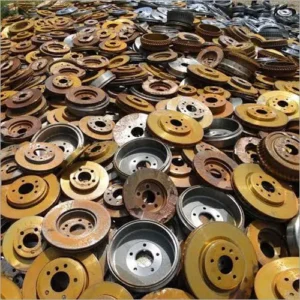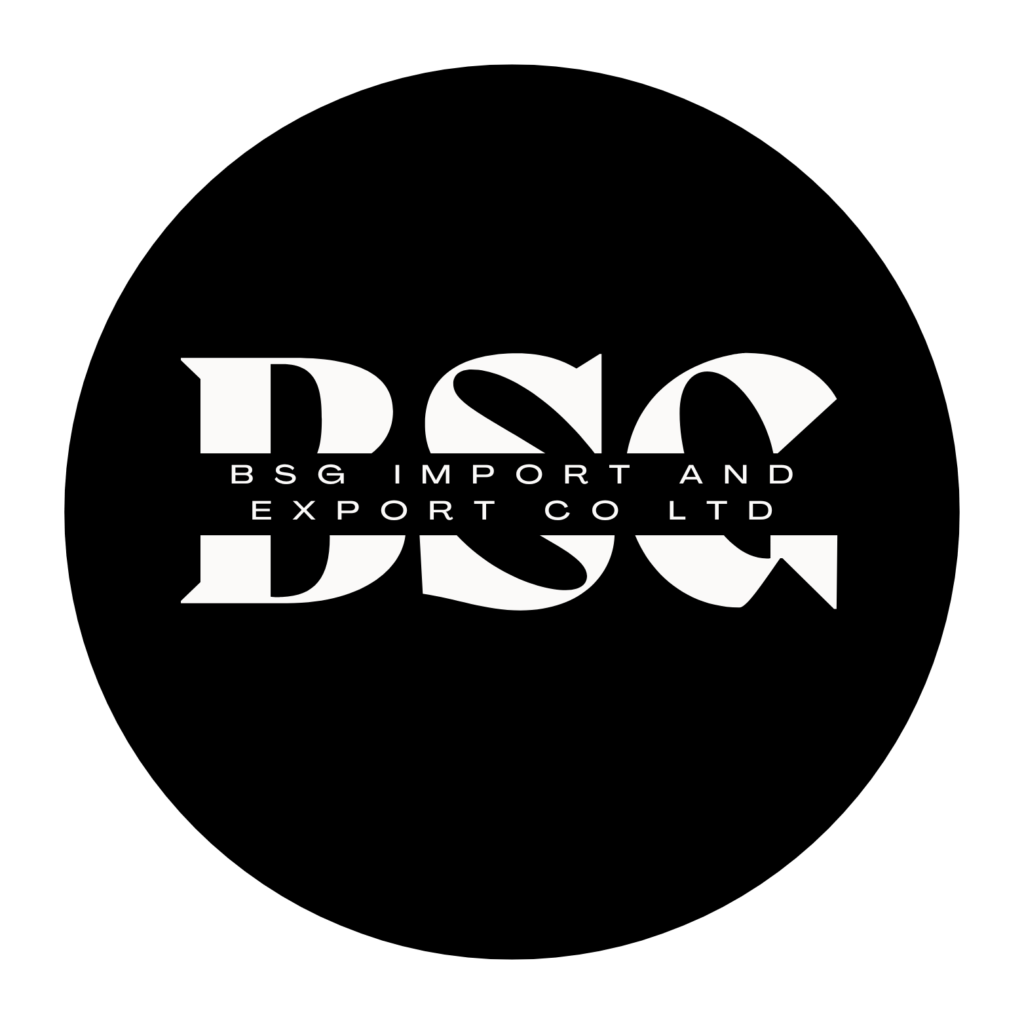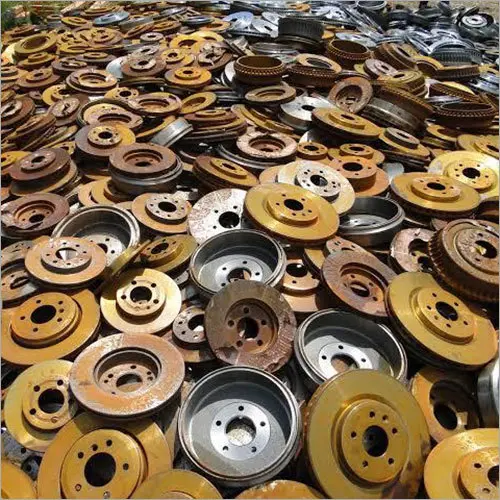Composition of Cast Iron Scrap
They are primarily composed of iron, carbon, and silicon. The exact composition may vary depending on the specific type of cast iron scrap. However, most of these contain approximately 2-4% carbon and 1-3% silicon. Other elements, such as manganese, sulfur, and phosphorus, may also be present in small quantities. The carbon content in cast iron scraps gives them their characteristic strength and hardness, while the silicon content enhances their heat resistance and fluidity during the casting process.

Types of Cast Iron Scraps
There are several types of these mineral, each with its own unique properties and applications. Some common types include:
- Gray Iron Scraps: Gray iron scraps are the most common type . They have a grayish appearance due to the presence of graphite flakes in their micro structure. Gray iron scraps are known for their excellent thermal conductivity and damping capacity, making them suitable for applications such as engine blocks, pipes, and automotive components.
- Ductile Iron Scraps: Ductile iron scraps, also known as nodular iron scraps, have a higher tensile strength and ductility compared to gray iron scraps. This is achieved by adding small amounts of magnesium or cerium to the molten iron, which causes the graphite to form in a nodular or spheroidal shape. Ductile iron scraps are widely used in the automotive industry, particularly for components that require high strength and impact resistance.
- White Iron Scraps: White iron scraps are characterized by their white, hard, and brittle microstructure. They have a high carbon content and are alloyed with other elements such as chromium, molybdenum, or nickel to enhance their wear resistance. White iron scraps are commonly used in applications where abrasion and impact resistance are critical, such as mining equipment, crusher liners, and pump components.
- Malleable Iron Scraps: Malleable iron scraps are produced by heat-treating white iron scraps, which transforms the brittle microstructure into a more ductile and malleable form. Malleable iron scraps have good machinability and can be easily bent or shaped without cracking. They are often used in applications that require a combination of strength and malleability, such as pipe fittings, hand tools, and agricultural equipment.
Uses of Cast Iron Scraps
Cast iron scraps have a wide range of applications in various industries. Some common uses of cast iron scraps include:
- Construction: Cast iron scraps are used in the construction industry for the production of pipes, fittings, manhole covers, and structural components. Their high strength and durability make them suitable for demanding applications that require resistance to corrosion, pressure, and impact.
- Automotive: Cast iron scraps are widely used in the automotive industry for the production of engine blocks, cylinder heads, brake drums, and suspension components. The excellent heat dissipation and wear resistance properties of cast iron make it an ideal material for these applications.
- Machinery and Equipment: They are used in the manufacturing of machinery and equipment, including pumps, valves, gears, and machine tool components. The high wear resistance and dimensional stability of cast iron make it a preferred choice for these applications.
- Cookware and Kitchenware: Cast iron scraps are also utilized in the production of cookware and kitchenware items such as frying pans, Dutch ovens, and griddles. The heat retention and even heat distribution properties of cast iron make it ideal for cooking purposes.
- Art and Decorative Items: Cast iron scraps are often used by artists and craftsmen to create sculptures, decorative items, and architectural elements. The versatility and aesthetic appeal of cast iron make it a popular choice for these creative applications.
Market Trends and Pricing

The market for cast iron scraps is influenced by various factors, including supply and demand dynamics, raw material costs, and global economic conditions. The pricing of cast iron scraps can vary significantly depending on the type, quality, and quantity of the scrap.
As of the latest data, the market price for cast iron scraps is as follows:
- Gray Iron Scraps: The average market price for gray iron scraps is around $XXX per ton.
- Ductile Iron Scraps: Ductile iron scraps are priced higher than gray iron scraps, with an average market price of approximately $XXX per ton.
- White Iron Scraps: White iron scraps, due to their high wear resistance properties, command a premium price in the market. The average market price for white iron scraps is around $XXX per ton.
- Malleable Iron Scraps: Malleable iron scraps are priced competitively in the market, with an average price of approximately $XXX per ton.
These prices are subject to fluctuations based on market conditions and can vary across different regions.
Recycling and Sustainability
The recycling of cast iron scraps is an essential aspect of promoting sustainability and reducing waste in the manufacturing industry. Cast iron scraps can be recycled and reprocessed into new cast iron products without compromising their quality and performance.
The recycling process involves collecting, sorting, and melting the cast iron scraps in a furnace. The molten metal is then poured into molds to produce new cast iron products. The recycling of cast iron scraps not only conserves natural resources but also reduces energy consumption and greenhouse gas emissions associated with the production of virgin cast iron.
Thickness
Different thickness available Millimeter (mm)
Condition
Scrap
Weight
As per requirement Kilograms (kg)
Main Domestic Market
All India



Reviews
There are no reviews yet.